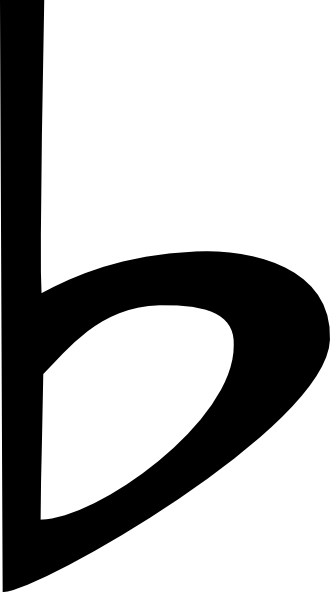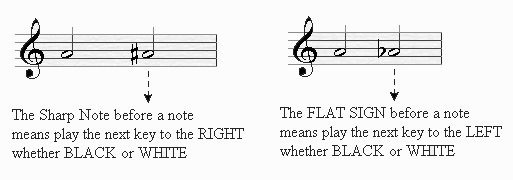



I don't know when or why the "single sharp" became more vertical, and the modern diagonal "double sharp" was first used. The original sign for "sharp" was written using diagonal lines, like an x with double strokes. When notation was needed for accidentals on other notes, the "round" or "soft" form of the letter b was used as the sign for a flat, and the "square" form for a sharp. The "square B" later became the gothic letter h, and H is still used in modern German as the name for "B natural" - B means "B flat". These signs were not "accidentals" in the modern sense, but single signs representing the two different pitches of the note. In early modal music, the only "altered" notes were B flat and B natural, which were written using different "square" and "round" shapes of the gothic letter b. Medieval German notation for modal music (for all instruments and voices, not just for fretted stringed instruments) was essentially tablature, but using letter names for the notes instead of fret numbers as in modern tab notation.


 0 kommentar(er)
0 kommentar(er)
